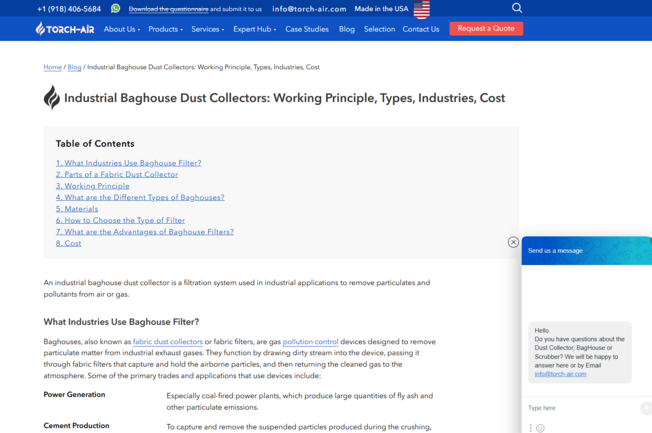
The Humble Beginnings
Ray Kroc was a struggling milkshake machine salesman when he stumbled upon a tiny but bustling hamburger stand in San Bernardino, California, in 1954. This stand was owned by two brothers, Richard and Maurice McDonald, who had perfected a unique and efficient system of delivering fast, consistent, and delicious food. Ray Kroc was captivated by their innovation and saw the potential for something much larger.
The Birth of a Franchise
Ray Kroc, a visionary with a relentless drive, convinced the McDonald brothers to let him franchise their concept. In 1955, the first official McDonald's franchise restaurant opened in Des Plaines, Illinois. Ray Kroc believed in the power of consistency and insisted on strict quality control, ensuring that customers could get the same great experience at every McDonald's location.
The Real Estate Insight
As the number of McDonald's restaurants grew, Ray Kroc faced a financial dilemma. Franchisees paid him a percentage of their sales, which wasn't generating significant profits. This is where Ray Kroc's genius came into play. He realized that the real money was not in hamburgers but in real estate.
The Masterstroke - Franchisee-Owned Real Estate
Ray Kroc devised a groundbreaking strategy. Instead of owning the land and buildings himself, he encouraged franchisees to purchase and own the real estate on which their restaurants were built. McDonald's would then lease the property from them. This allowed Ray Kroc to collect rent from each restaurant, creating a steady and lucrative stream of income.
Global Expansion
With this real estate strategy, Ray Kroc expanded McDonald's globally. New restaurants popped up in countries all around the world. The success of each restaurant contributed not only to the franchisee's income but also to McDonald's as the landlord. This clever model allowed McDonald's to grow rapidly without the burden of heavy capital investment.
Golden Arches Everywhere
By the 1970s and 1980s, the iconic Golden Arches had become synonymous with fast food worldwide. McDonald's was not just a restaurant chain; it was a real estate giant. The income from real estate investments became the bedrock of McDonald's financial stability.
The Legacy of Ray Kroc
Ray Kroc's visionary approach to real estate transformed McDonald's into an empire. He turned a humble hamburger stand into a global giant. His legacy continues to influence the fast-food industry and the business world at large.
Lessons from McDonald's Real Estate Empire
-
Innovative Thinking: Ray Kroc's ability to see the potential for profits in real estate rather than just burgers demonstrates the power of innovative thinking in business.
-
Leveraging Assets: McDonald's success story teaches us to identify and leverage assets effectively, even if they're unconventional.
-
Long-Term Vision: Ray Kroc's long-term vision allowed McDonald's to build a lasting empire rather than just a fleeting success.
-
Adaptability: McDonald's adapted and evolved its business model to suit changing circumstances, an essential trait in any industry.
-
Global Expansion: The company's global success illustrates the importance of carefully planned expansion into international markets.
-
Legacy: Ray Kroc's legacy reminds us that a single idea can change the course of a company and an entire industry.
The story of Ray Kroc and McDonald's real estate empire is a testament to the power of innovation, strategic thinking, and the ability to see opportunities where others might not. It teaches us that sometimes, the foundation of success can be built on more than just what meets the eye.

















Leave a Reply